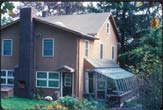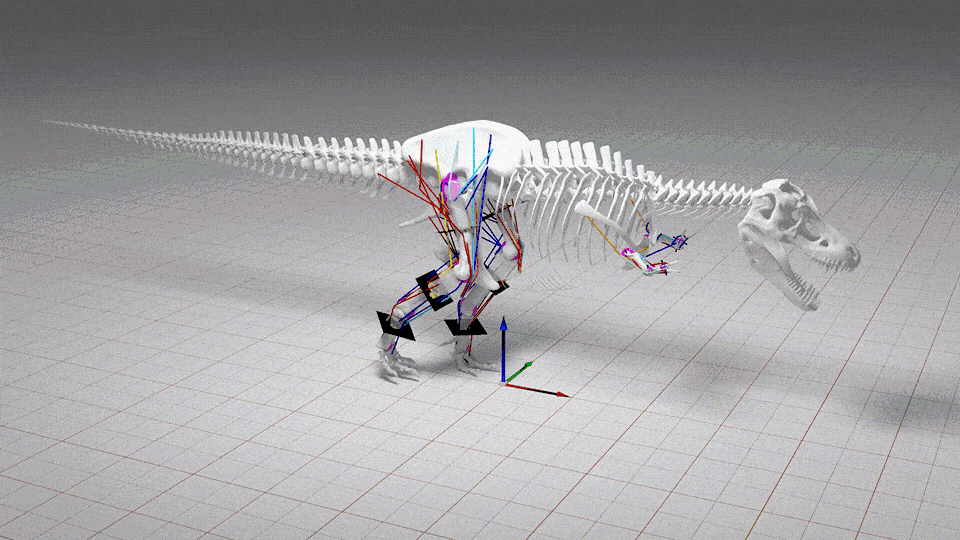A Real 'Green' House: No Heating Bill for 25 Years

When David Mears and his wife Dorothy put their house up for sale at the end of last year, it wasn't just the four-plus acres of beautiful woodlot land that made the property appealing. Nor were the five bedrooms or extra cabinet space in their roomy kitchen the most significant features.
The main attraction was the fact that the couple hadn't paid their heating bill for more than 25 years.
That's because they hadn't received one since 1980.
Using his knowledge of alternative energy sources for commercial greenhouses in response to the energy crisis of the 1970's, David Mears, a professor of Bioresource Engineering at Rutgers University, virtually eliminated the use of fuel oil for heating his home.
Multiply that ...
According to the Department of Energy, more than 85 percent of all the energy consumed in the United States comes from fossil fuels, including coal, oil, and natural gas.
Some 2,700 pounds of carbon per person each year, or 18 percent of greenhouse gas emissions, come from operating individual homes, the U.S. Environmental Protection Agency estimates. Most of emissions from a residential home come from operating a typical heating, ventilation and air conditioning system.
Sign up for the Live Science daily newsletter now
Get the world’s most fascinating discoveries delivered straight to your inbox.
In 1974, Mears and his colleagues publicly presented a new energy efficient greenhouse concept. The design involved installing a special subfloor that can be filled with water heated by solar collectors or a backup fossil fuel system for use on cloudy days. This creates a massive heat storage system that allows the entire greenhouse floor to act as a primary heat source and heat exchanger.
The design was a success and was soon implemented at the university.
A few years later, while Mears was continuing his greenhouse research, several other institutions were working on a residential attached-greenhouse concept. Their work generated many unanswered questions he was eager to resolve.
"In addition to the desire to answer some of the open questions, we were facing a need for some more space in our home so were planning an addition," Mears said. "Also Dorothy was raising so many houseplants we were running out of space in front of windows for them and they were crowding us out as well, so we really could use the greenhouse."
Government support
Around the same time, the Department of Energy was offering a competitive grants program for solar projects for which Mears wrote a proposal that was supported.
Using the grant funds, he added a flooded subfloor to his 125-year-old New Jersey home and attached a greenhouse on the south side of the house with a similar floor design. Solar collectors heated the water from both floors.
For days with cloudy skies or in cases of possible malfunctions in the solar system, Mears installed a logical backup system given his large woodlot: a woodstove, capable of heating both the greenhouse and the residence. A water-heating coil in the woodstove made this system efficient in extracting heat, which meant minimizing the amount of wood consumed.
Finally, if for some reason both the solar collectors and the woodstove failed, the final back up system—an existing oil-fired setup—would kick in.
It never had to.
"We were essentially free of the cost of oil for space heating and much of the domestic hot water heating was provided by solar in the spring, summer and fall," Mears said. "This has been the case from 1980 until we moved and sold the house in February, 2006."
Cost effective
During the day, the sun warms the house and greenhouse. A fan is sometimes used to circulate the warm air from the greenhouse throughout the house. Most of the time just opening a window to the greenhouse and the sliding door from the family room is sufficient for air circulation.
That coupled with the large amount of heat stored in the floor of the house allowed the overall system to "coast" for a few days without using the woodstove, even on cloudy winter days.
Throughout the entire year, except for winter, the solar collectors were also used to heat the domestic hot water. A concept that Mears explains could have been implemented even in winter had they not needed to heat the greenhouse for maintaining plants.
Mears' energy sustainable residence has since been maintained above 68 degrees Fahrenheit with the heat from the woodstove and passive gain from the greenhouse, demonstrating that "green" living is not an outlandish and inaccessible concept.
It's also cost-effective, even without the help of the grant.
"The system paid for itself very quickly," Mears said. "Those additional costs for the solar and woodstove heating were probably covered by fuel savings in the first several years."
- VIDEO: An Earth Day Message from Under the Sea
- Home Designed to Produce Energy It Uses
- 10 Ideas for Powering the 21st Century
- The Smart Home Is Here











